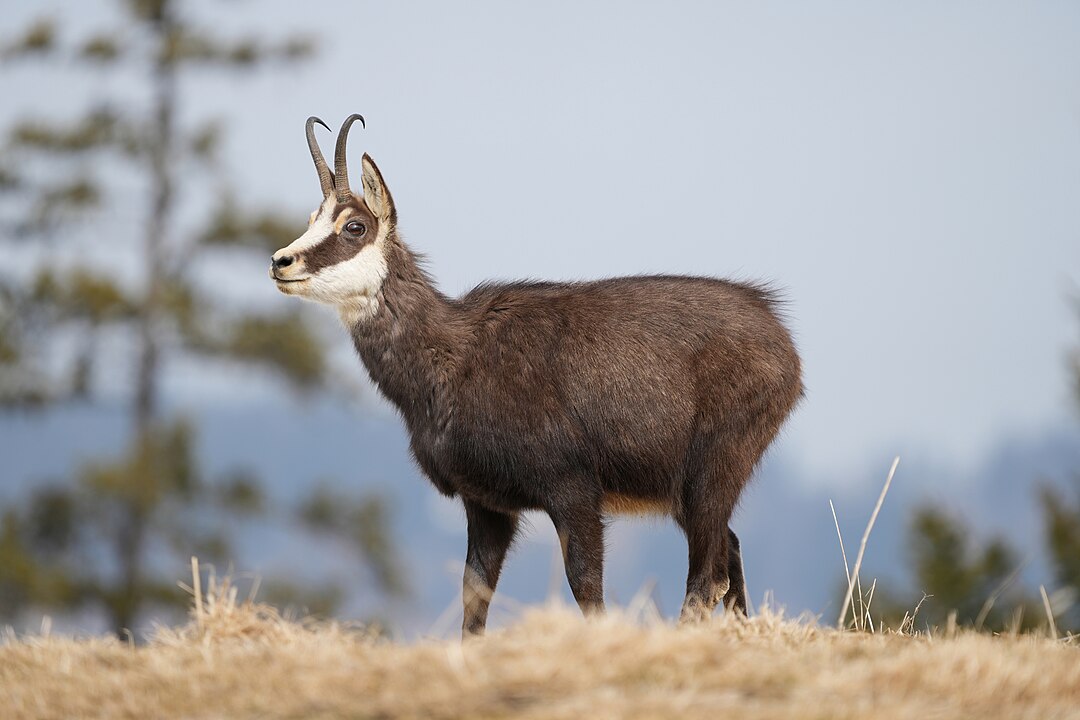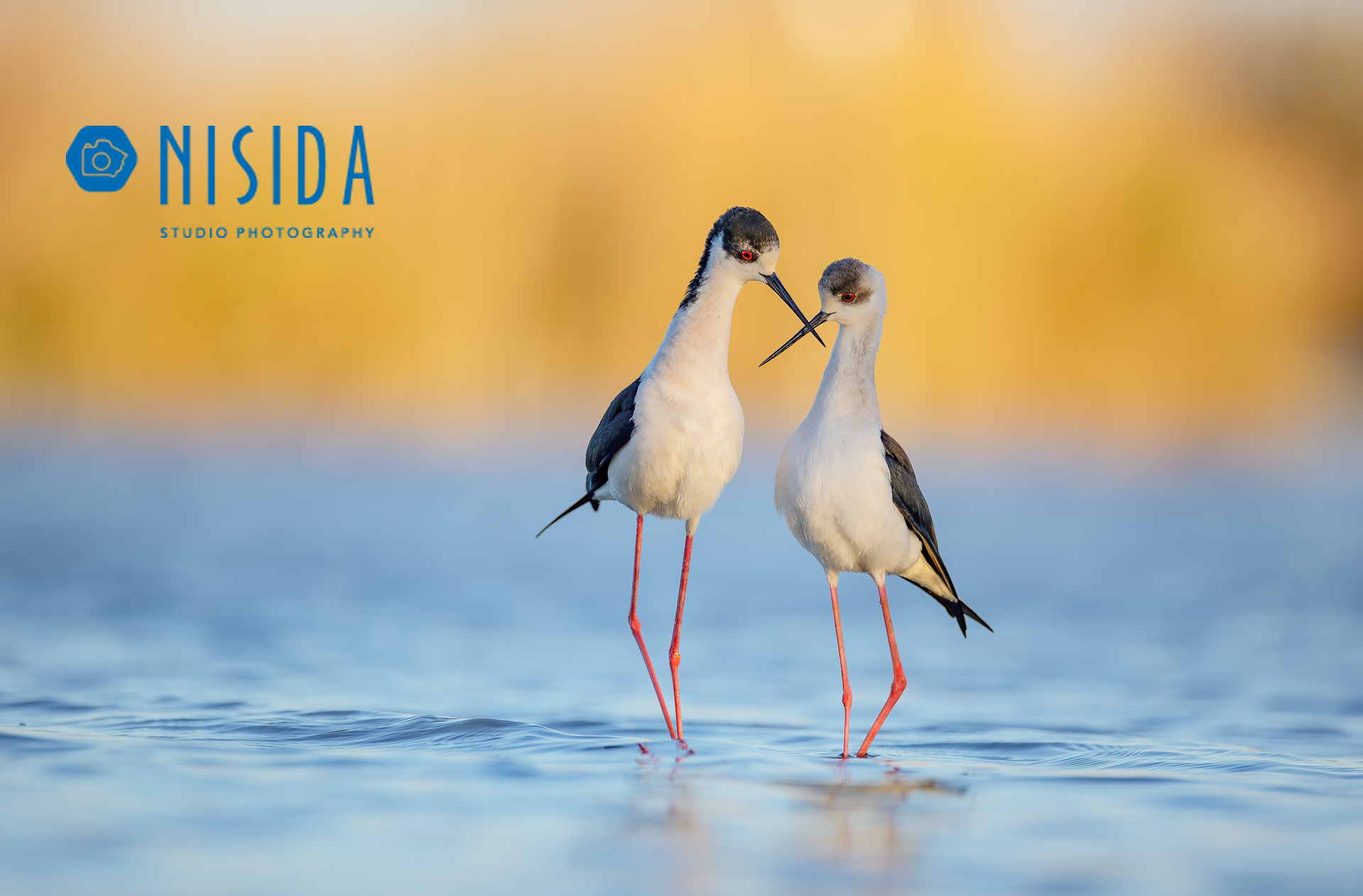What Are Wildlife Areas?
Wildlife areas, also known as wildlife sanctuaries, reserves, or conservation areas, are designated regions set aside to protect and preserve wildlife and their natural habitats. These areas are managed to ensure the survival of various species, maintain biodiversity, and support ecological balance. They play a crucial role in conserving endangered species and safeguarding ecosystems from human encroachment and exploitation.
Key Features of Wildlife Areas
- Habitat Protection
Wildlife areas provide a safe and natural habitat for flora and fauna to thrive. These regions often include forests, wetlands, grasslands, mountains, or marine ecosystems that are essential for the survival of specific species. - Restricted Human Activities
While some human activities, like tourism or research, may be allowed, harmful practices such as deforestation, mining, and poaching are prohibited or strictly controlled. - Conservation Objectives
The primary goal of wildlife areas is to preserve biodiversity by protecting threatened and endangered species, as well as preventing habitat destruction. - Ecological Benefits
These areas contribute to environmental stability by supporting ecosystem services such as carbon sequestration, water filtration, and pollination.
Types of Wildlife Areas
- Wildlife Sanctuaries
- These are regions where wildlife is protected from hunting, poaching, and habitat destruction.
- Human access is often restricted to minimize disturbance to animals.
- National Parks
- National parks are large areas designated for the protection of ecosystems and biodiversity.
- Recreational activities like eco-tourism and educational tours are allowed under strict regulations.
- Biosphere Reserves
- These are areas aimed at conserving biodiversity while supporting sustainable development and research.
- They often include a core protected zone surrounded by areas of limited human activity.
- Marine Protected Areas (MPAs)
- These are sections of oceans, seas, or coasts designated to protect marine biodiversity, such as coral reefs, fish populations, and endangered aquatic species.
- Game Reserves
- These areas allow regulated hunting for conservation purposes, often generating funds to protect species and habitats.
Examples of Wildlife Areas Around the World
- Amazon Rainforest (South America)
- One of the most biodiverse regions on Earth, home to jaguars, macaws, and giant otters.
- Serengeti National Park (Tanzania)
- Famous for its annual wildebeest migration and diverse wildlife, including lions, zebras, and elephants.
- Great Barrier Reef Marine Park (Australia)
- The largest coral reef system in the world, protecting thousands of marine species.
- Yellowstone National Park (USA)
- Known for its geothermal features and wildlife, including bison, grizzly bears, and wolves.
- Sundarbans Reserve Forest (India and Bangladesh)
- A UNESCO World Heritage Site protecting Bengal tigers and mangrove ecosystems.
Why Are Wildlife Areas Important?
- Biodiversity Conservation
Wildlife areas preserve a wide variety of species, ensuring the survival of genetic diversity essential for ecosystem resilience. - Protecting Endangered Species
Many wildlife areas are home to species at risk of extinction, offering them a sanctuary free from threats like hunting and habitat destruction. - Climate Regulation
Forests, wetlands, and oceans within these areas play a vital role in mitigating climate change by absorbing carbon dioxide and maintaining the planet’s climate systems. - Cultural and Recreational Value
Wildlife areas provide opportunities for education, research, and recreation, fostering a deeper appreciation for nature. - Economic Benefits
Eco-tourism and sustainable resource use in wildlife areas generate income for local communities and conservation efforts.
Challenges Facing Wildlife Areas
- Human Encroachment
Expanding agriculture, urbanization, and infrastructure projects often lead to habitat fragmentation and degradation. - Illegal Activities
Poaching, logging, and mining threaten the integrity of wildlife areas and their species. - Climate Change
Rising temperatures and changing weather patterns disrupt ecosystems and force species to migrate or face extinction. - Limited Funding
Many wildlife areas lack adequate resources for proper management, enforcement, and research.
Conclusion
Wildlife areas are invaluable for preserving the planet’s biodiversity and maintaining ecological balance. They serve as sanctuaries for countless species, offering protection against the pressures of human activity and environmental change. By supporting and expanding these protected areas, we contribute to the health of the planet and ensure that future generations can enjoy and benefit from the wonders of the natural world.






